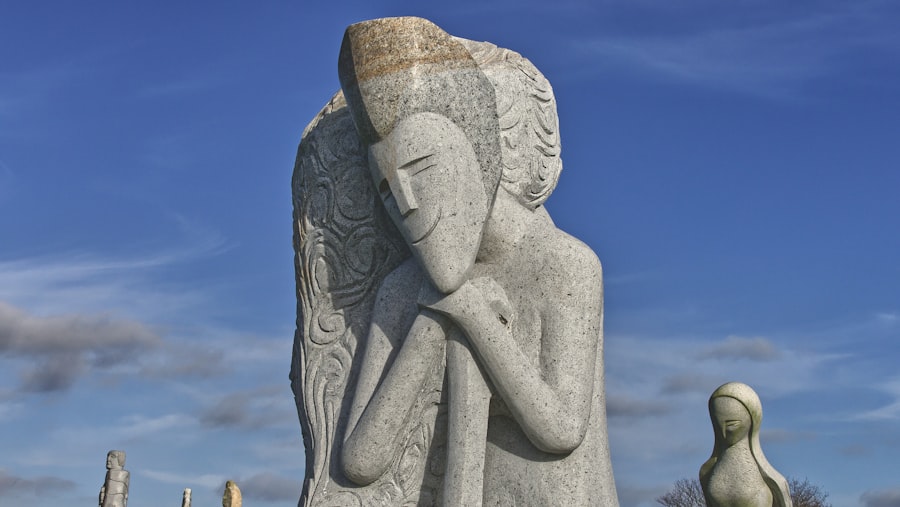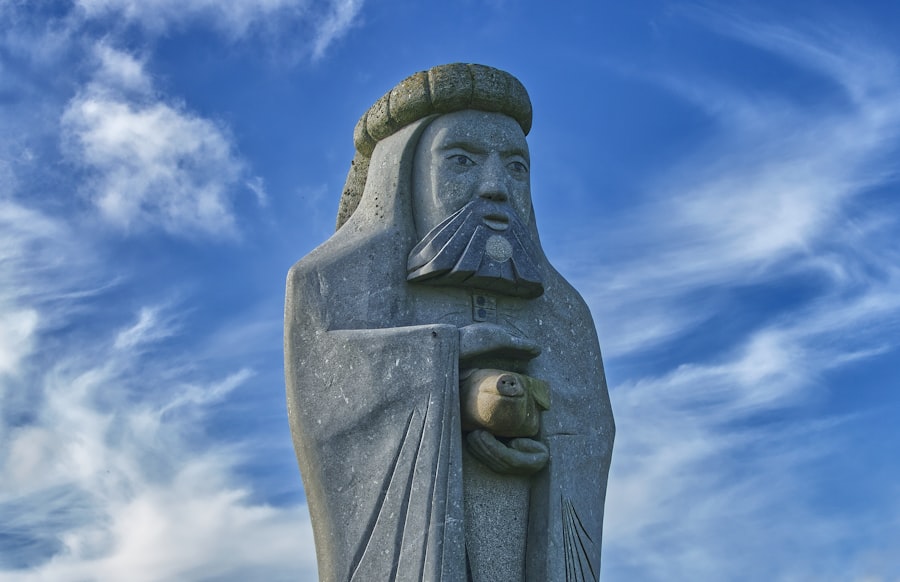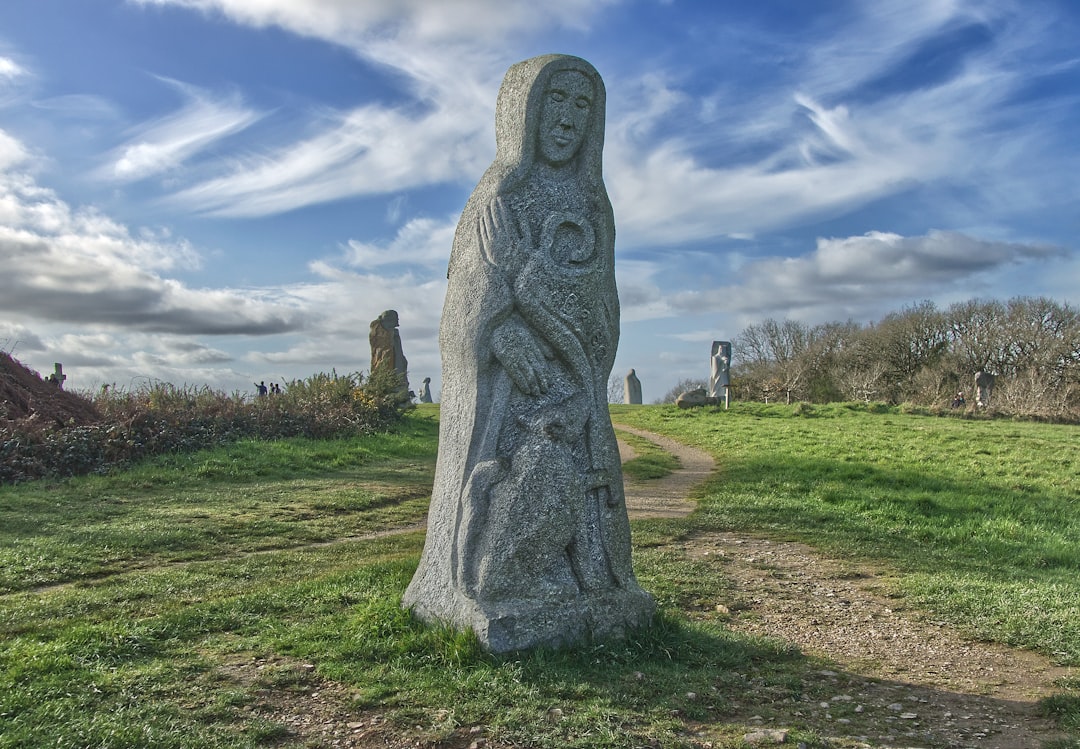The history of South India is a tapestry woven with the threads of numerous dynasties that have risen and fallen over the centuries. Among these, the Pallavas and Cholas stand out as two of the most influential and enduring powers, shaping the cultural, political, and economic landscape of the region.
The interplay between these dynasties not only influenced the immediate region but also had far-reaching effects on Southeast Asia and beyond. Understanding the significance of these dynasties requires delving into their origins, governance, and the socio-political contexts in which they operated. The Pallavas emerged in the Tamil-speaking regions of South India, establishing their capital at Kanchipuram, a city that became a hub of learning and culture.
The Cholas, on the other hand, rose to prominence later, with Thanjavur as their capital, and they expanded their influence through conquests and maritime trade.
Key Takeaways
- South Indian dynasties played a significant role in shaping the history and culture of the region.
- The Pallavas rose to power in the 6th century and established a strong empire in South India.
- The Cholas, who succeeded the Pallavas, expanded their empire and became a dominant force in South Indian politics.
- The Pallavas and Cholas made significant contributions to South Indian culture and architecture, leaving behind a rich legacy.
- The decline of the Pallavas and Cholas marked the end of an era in South Indian history, but their impact continued to shape the region for centuries to come.
The Rise of the Pallavas
The Pallavas’ ascent to power can be traced back to their strategic location in the southern part of India, where they capitalized on trade routes connecting the Indian subcontinent with Southeast Asia. Initially a small kingdom, they gradually expanded their territory through military conquests and alliances. Under the reign of King Mahendravarman I in the 6th century, the Pallavas began to consolidate their power, engaging in conflicts with neighboring kingdoms such as the Chalukyas.
Mahendravarman I is particularly noted for his patronage of art and architecture, which laid the groundwork for the distinctive Dravidian style that would characterize South Indian temples. The Pallavas are perhaps best known for their architectural innovations during the reign of Narasimhavarman I, also known as Narasimhavarman Pallava. He not only repelled invasions from the Chalukyas but also initiated a series of monumental construction projects that included rock-cut temples and monolithic structures.
The famous Shore Temple at Mahabalipuram, a UNESCO World Heritage site, exemplifies the Pallava’s architectural ingenuity. This temple complex features intricately carved sculptures that depict various deities and mythological scenes, showcasing the artistic skills of the period. The Pallavas’ rise was not merely a result of military might; it was also marked by cultural patronage that fostered a vibrant artistic community.
The Reign of the Cholas

The Chola dynasty’s rise to prominence began in earnest under King Vijayalaya Chola in the 9th century, who reestablished Chola power after a period of decline. His successors, particularly Rajaraja Chola I and his son Rajendra Chola I, expanded the empire to unprecedented heights. Rajaraja Chola I is often credited with transforming the Chola kingdom into a formidable empire through military conquests that extended from Tamil Nadu to parts of present-day Sri Lanka and even Southeast Asia.
His reign marked a significant shift in governance as he implemented administrative reforms that enhanced efficiency and centralized authority. Rajarendra Chola I furthered his father’s legacy by launching naval expeditions that reached as far as Southeast Asia, including modern-day Indonesia and Malaysia. This expansion not only facilitated trade but also established cultural exchanges that enriched both regions.
The Chola navy became a powerful force in controlling maritime trade routes, allowing them to dominate commerce in the Indian Ocean. The wealth generated from these activities funded further architectural endeavors, leading to the construction of grand temples such as the Brihadeeswarar Temple in Thanjavur, which stands as a testament to Chola engineering prowess and artistic excellence.
Cultural and Architectural Contributions
The Pallavas and Cholas made indelible marks on South Indian culture through their architectural contributions, which remain significant to this day. The Pallavas are credited with pioneering rock-cut architecture, which involved carving temples directly into rock formations. This technique not only showcased their engineering skills but also allowed for intricate sculptures that depicted various deities and mythological narratives.
The Pancha Rathas at Mahabalipuram are a prime example of this style; each structure is uniquely designed and reflects different architectural influences. In contrast, the Cholas excelled in constructing monumental stone temples characterized by towering vimanas (temple towers) and elaborate sculptures. The Brihadeeswarar Temple is one of the largest temples in India and features a massive granite dome that was an engineering marvel of its time.
The temple complex is adorned with exquisite carvings that narrate stories from Hindu mythology, showcasing the artistic talent of sculptors during this period. Additionally, both dynasties were patrons of literature and music; Tamil literature flourished under their reigns, with poets and scholars receiving royal patronage that encouraged creative expression.
Decline and Legacy of the Pallavas and Cholas
The decline of both the Pallavas and Cholas can be attributed to a combination of internal strife and external pressures. The Pallavas faced challenges from emerging powers such as the Chalukyas and later the Rashtrakutas, who capitalized on their weakened state due to succession disputes and administrative inefficiencies. By the 9th century, their influence waned significantly as they lost territories to rival kingdoms.
Similarly, while the Cholas reached remarkable heights under Rajaraja Chola I and Rajendra Chola I, their empire began to fragment in subsequent years due to overextension and internal dissent. By the 13th century, they faced invasions from the Pandyas and later from Muslim rulers who capitalized on their weakened state. Despite their decline, both dynasties left behind a rich legacy that continues to influence South Indian culture today.
Their architectural achievements remain iconic symbols of Tamil heritage, while their contributions to literature and art have inspired generations.
Impact on South Indian History

Administrative Legacy
The administrative systems established by these dynasties influenced subsequent rulers who sought to emulate their successes. The emphasis on centralized governance introduced by Rajaraja Chola I became a model for later kingdoms in South India.
Cultural Significance
Culturally, both dynasties played pivotal roles in shaping Tamil identity through language, literature, and religious practices. The patronage of Tamil poets during their reigns contributed to a flourishing literary tradition that continues to thrive today.
Enduring Legacy
The legacy of these dynasties is not merely historical; it is woven into the very fabric of contemporary South Indian society, where festivals celebrating their contributions are still observed with great fervor. In conclusion, while both the Pallavas and Cholas eventually faced decline due to various factors, their legacies endure through their monumental contributions to architecture, culture, and governance in South India. Their stories are not just tales of power but reflections of an era that shaped regional identities and fostered cultural exchanges that resonate even today.
If you are interested in exploring the philosophical aspects of South Indian Dynasties like the Pallavas and Cholas, you may also find this article on the philosophies of Tagore and Radhakrishnan intriguing. It delves into humanism, intuition, and man’s destiny, providing a deeper understanding of the cultural and intellectual landscape of the time.
FAQs
What were the Pallavas and Cholas?
The Pallavas and Cholas were ancient South Indian dynasties that ruled over the region during different time periods. They were known for their contributions to art, architecture, and literature.
When did the Pallava dynasty rule?
The Pallava dynasty ruled from the 3rd century CE to the 9th century CE in the southern part of India, particularly in the present-day Tamil Nadu region.
When did the Chola dynasty rule?
The Chola dynasty ruled from the 9th century CE to the 13th century CE, with their empire extending across South India, Sri Lanka, and parts of Southeast Asia.
What were the major achievements of the Pallavas and Cholas?
The Pallavas and Cholas were known for their architectural marvels, including the creation of intricate temples and sculptures. They also made significant contributions to literature and trade.
What were the major architectural contributions of the Pallavas and Cholas?
The Pallavas are known for their rock-cut temples, while the Cholas are renowned for their grand temple architecture, including the Brihadeeswarar Temple in Thanjavur.
How did the Pallavas and Cholas contribute to literature?
Both dynasties patronized literature and the arts, leading to the development of Tamil literature and the growth of the Tamil language. They also supported the creation of literary works and poetry.
What was the impact of the Pallavas and Cholas on trade and commerce?
The Pallavas and Cholas played a significant role in the expansion of trade and commerce, particularly with Southeast Asia. They established trade links and maritime routes, contributing to the growth of the region’s economy.






















+ There are no comments
Add yours